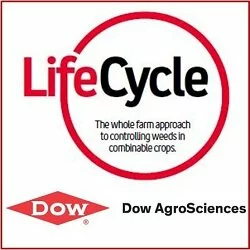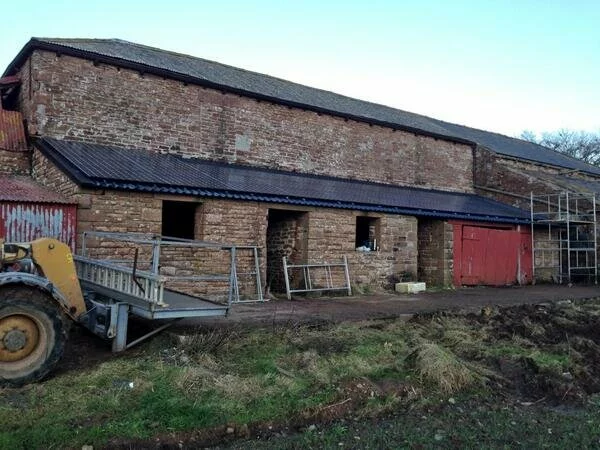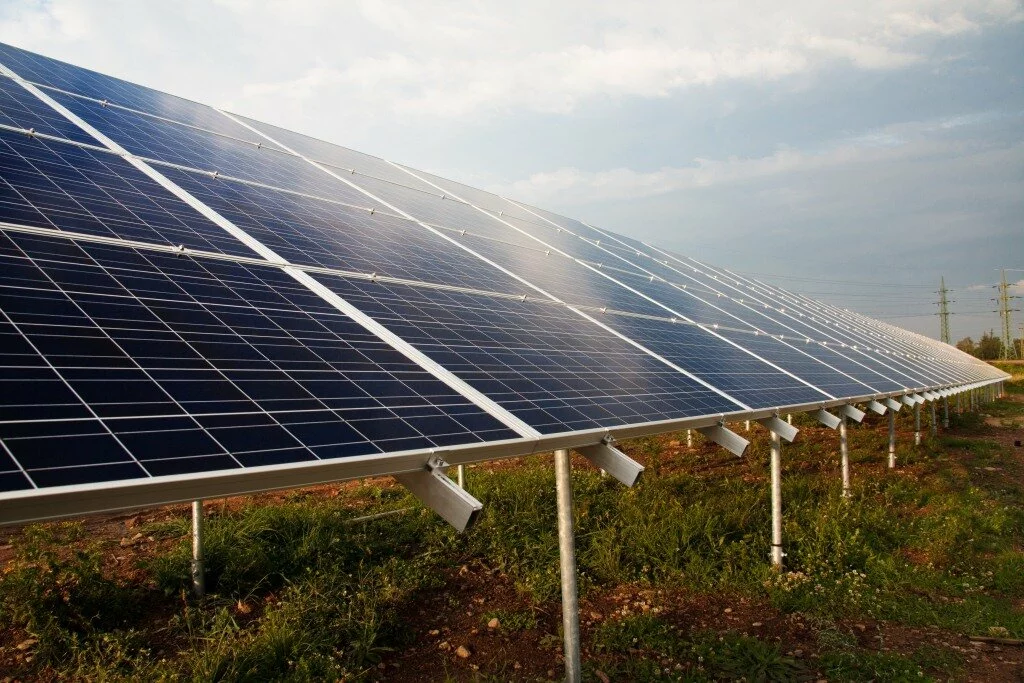Solar: Good investment for the average farmer?
Is Solar a good investment for the average farmer? Mike Smith of UK Energy Consultants takes an in-depth look.
Judging by the latest installed capacity figures, it would certainly seem so, he declares.
Commercial PV systems ranging from 10kWp to 50kWp are now outstripping the
“The reality is that the ROI on a 50Kwp System which can vary between 15 and 25 per cent is becoming a very attractive proposition,” he says.
There are also several important drivers.
- At the moment there are many sources of affordable and accessible finance deals available for renewable Projects such as Solar PV.
- Tax breaks are very attractive.
- The cost of installation has fallen by over 60 per cent and a 50kWp system can now be mounted on a farm building roof for anywhere between £47,000 and £60,000.
- Solar actually provides an excellent ROI compared to other more traditional farm enterprises
- The spiralling costs of electricity mean that high energy consumers should be able to make long-term cost savings.
- Maintenance costs should be low
- The installation will help to minimise the farm’s overall carbon footprint
“However, it’s not all plain sailing and there are still hurdles that need addressing,” says Mr Smith.
The infrastructure of the National Grid was never designed for a two way flow of electricity and this can often lead to significant upgrade costs (at the farmers cost) and with a 100KVA transformer coming in at £30,000 it be a real headache.
“However, finding out options you have from your District Network Operator (DNO) is pretty straightforward and barring Scottish Power Energy Networks (£500) this is usually free,” he says. “Your proposed installer should be able to complete a G59/2 Application on your behalf (and for free) and you should have your answer within six weeks.”
He points out that it is also worth noting that a proposed high cost network upgrade is not always needed and there are now several energy management products on the market that can mitigate upgrade costs by up to £20,000. These systems are endorsed by all the DNOs and offer an economic option to an otherwise costly outlay.
“The other potential major hurdle for any farmer is the EPC (Energy Performance Certificate). This can be one of those grey areas, but be assured it is as important as the DNO requirements in the overall scheme of your PV Installation.
“The rules on the face of it are quite straightforward but in practice very murky!”
He adds that ‘Energy Performance’ relates to ‘relevant and non-relevant buildings’.
“In essence a relevant building is a building enclosed by walls and windows and has the capability to be heated or cooled- so this is what we would consider a dwelling.
“A non-relevant building is one that is not a dwelling and can be neither heated nor cooled.
“However it is the buildings that are connected to the PV Installation that need addressing. If there are more than one relevant buildings and a number of non-relevant buildings, only one relevant building requires an EPC that reaches the prerequisite ‘D Rating’.
“If, on the other hand, there are a number of non-relevant buildings, only then will each non-relevant building require an EPC Exemption from a qualified commercial EPC Assessor.”
He draws attention to the importance that ‘Exemptions’ are totally legitimate and are written to the exacting specifications of OFGEM. Failure on either count will result in an investigation and in the worst case a reduction of Feed-In Tariff from 12.57 to 6.85, he warns.
So what are the actual financial returns in cold hard cash?
The example is a farm based in the Midlands with a south-facing barn roof with a 20 degree pitch. Conservatively, Mr Smith is incorporating an annual 3.5 per cent increase in the cost of living and a 4% increase in the cost of electricity with today’s electricity prices being a well negotiated 9.5p per unit. This also takes into account a 0.6 per cent reduction year-on-year of solar panel output.
- A Farmer using 50% of the generated electricity and exporting 50% back to the grid would generate £230,000 over a 20 year period.
- A Farmer who can utilise 80% of annual generation and send just 20% back to the grid would generate £251,000 over the same period.
The above figures are based on the Governments SAP (Standard Assessment Procedure) figures, and Mr Smith emphasises that with high quality panels and top end inverters annual output will be higher and earnings increased.
“Unfortunately, the converse is also true with inefficient panels and inverters significantly reducing your return on investment,” he continues.
He emphasises that any professional solar installer should be happy to produce simulated output figures based on panel and inverter efficiency levels and linked to the farm’s post code irradiance levels. This will give a true reflection of the proposed systems performance.
“This should ensure that you are investing in quality products. In addition, you should insist on workmanship warranties which, alongside the manufacturer’s guarantees, can help reduce the risk of the overall project.”
Although the next tariff reduction is in January 2014 and Mr Smith expects a 3.5 per cent reduction he remains convinced that PV is a worthwhile investment for farmers.
“The advantages still outweigh the inconveniences – and we expect this to continue until tariffs are reduced,” he concludes.












 Saving...
Saving...
Add a comment
You must be logged in to post a comment.